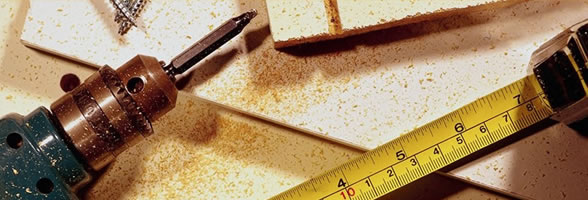Sustainable farming has emerged as a new, hip career path. In a down economy, why not? It’s a job that promises righteousness — eating local will save Americans from their sinister dependence on fossil fuels! — and deliciousness: How ’bout them heirloom tomatoes?
To capitalize on the trend — and to counter a projected 8 percent drop by 2018 in the nation’s 2 million farmers — the U.S. Department of Agriculture has set an ambitious target of adding 100,000 new farmers and ranchers this year alone. But is sustainable farming really sustainable for farmers? Most small farmers I have met in nearly a decade of reporting on agriculture simply don’t know. They sow, weed, water, harvest, and, at the end of the season, they cross their fingers and hope they have made a little money.
This, unfortunately, is all too common. “We see a lot of folks get started in farming because they want to grow things,” says Erica Frenay, who works with beginning farmers at the Cornell Small Farms Program. “But it’s really rare that we find someone who is incredibly enthusiastic about the invisible side of farming: the management and organization and record keeping. And the difference between success and failure is good management.”
AgSquared, an innovative new software program, aims to make these essential tasks easy. Through the program’s sleek, Web-based interface, farmers can plan which crops to plant, map where they are in the fields and assign and check off tasks. Over time, the data give small farmers an overview of whether their operations are efficient and profitable.
The program is the brainchild of plant biologist Giulia Stellari, 31, and plant breeder Jeffrey Gordon, 32. The pair met and began talking about the idea in 2007 while in grad school at Cornell. They were initially interested in networking data from small farmers that would help illuminate big trends, such as a pattern of pests or the effect of unseasonably hot weather on a new variety of peas. (The name, AgSquared, is an abbreviation for Aggregating Agriculture.) But after talking to farmers, Stellari and Gordon realized that kind of information didn’t exist in electronic form. “Most farmers used paper notebooks, or maybe an Excel spreadsheet,” says Stellari. “There was nothing out there that took the information and made it useful.”
One reason: Software designed to manage small, diversified farms didn’t really exist. The technology was geared for either backyard gardeners or commodity growers who manage hundreds of acres of two or three crops from the comfort of their air-conditioned tractors. Because many stewards of small farms sell through community-supported agriculture programs or at farmers markets that thrive on variety, they grow a head-wrecking number of different crops: anywhere from 30 to 75 in a season.
AgSquared is designed to coax order from the chaos. It helps farmers create a plan, calculating how many seeds and how much space the farm needs and when workers will need to harvest. It creates task lists and schedules that are intuitively related. For example, if a farmer enters that he planted tomatoes on June 1, the software creates a task reminding him to weed two weeks later. Perhaps most important, it can transform a farmer’s daily schedule — what was done, how much time it took and which problems arose — into detailed, searchable records.
Fonte: washingtonpost.com
